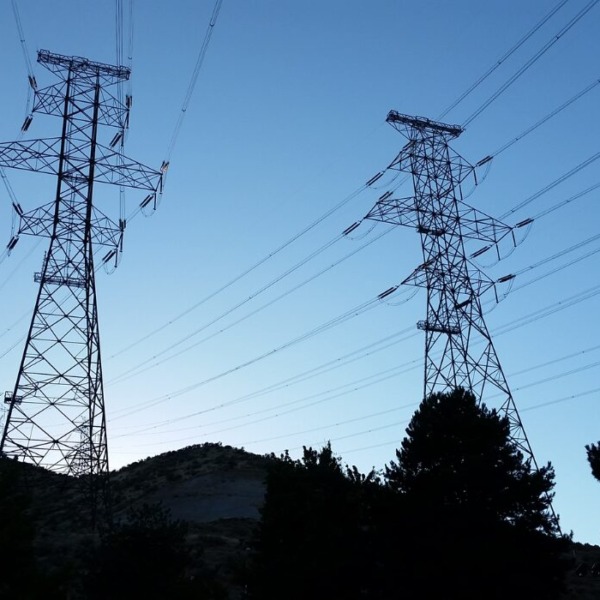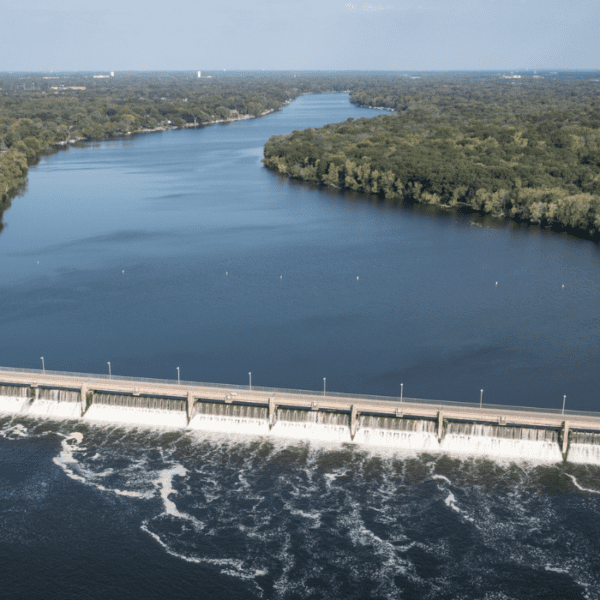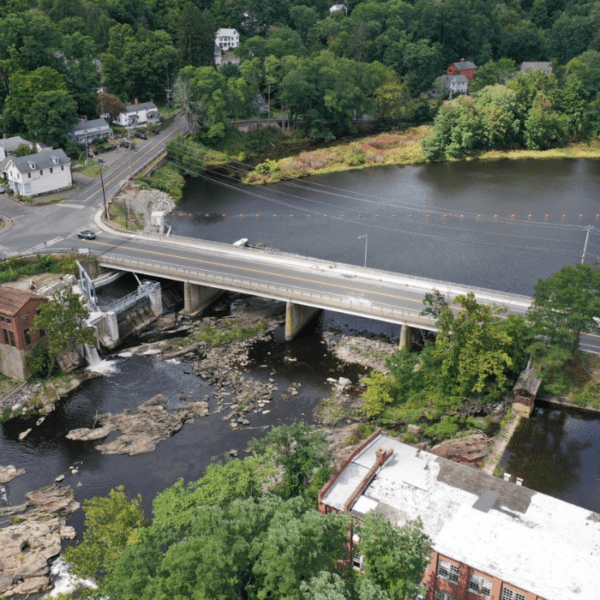The 80,000 dams across the United States that do not have a hydropower generating component present a unique opportunity. By adding a power component to some of these structures, America gets a trifecta – additional clean energy, creation of new jobs, and the opportunity to modernize existing infrastructure.
Yet, to be able to accomplish this trifecta, changes are needed in federal and state policies to reduce cost and time of licensing, provide avenues to secure financing, and ensure a better rate of return for the electricity being sold.
More details are available in a new report, “Dammed if you don’t,” from the National Hydropower Association.
WHY IT MATTERS
It’s surprising to many that only 3% of the existing dams in the U.S. feature an electric power component. Most existing dams in this country impound water to use for irrigation, water supply, recreation, and/or navigation – not to produce hydroelectricity. Many of these dams not initially designed to generate electricity could be retrofitted to include a powerhouse.
Because owners of existing dams and other civil infrastructure have already internalized many of the capital and environmental costs that are typically associated with new greenfield hydro project development, adding a power component to existing civil infrastructure can be an environmentally friendly and affordable avenue for adding reliable, low-impact electric power resources.
A 2018 U.S. Department of Energy study found that as many as 4 GW of new, reliable hydroelectric capacity could be developed at existing dam sites … as long as policy and financing obstacles were removed.
That’s where the problem lies.
THE DEEP DIVE
In my role as a research fellow with the National Hydropower Association, I recently studied several situations in which developers attempted to add electric power generating components at existing dams and other civil infrastructure owned by the U.S. Army Corps of Engineers or the U.S. Department of Interior’s Bureau of Reclamation.
In some cases, adding a power component has been successful; in many others, the effort has failed. Through my research, I have identified both the common incentives as well as the obstacles encountered when attempting to add a power component to existing dams.
Despite the stark contrast between large and small projects, and efforts led by both large utilities and boutique firms, I found several common factors that hinder adding hydroelectric power components to existing dams:
- Low-cost, long-term financing is largely inaccessible outside of public schemes.
- Declining power purchase rates and power purchase agreements (PPA) issued for a short of amount of time compound these challenges, especially as hydropower’s recognition under various federal and state renewable energy incentives remains uneven.
- Arduous licensing processes, most notably through sequential review requirements and inconsistent regulatory experiences under U.S. Army Corps of Engineers permitting, typically extend licensing processes in excess of 10 years.
Despite these challenges, there are successes. It’s worth reviewing the policies behind successful efforts to add electric power components to existing infrastructure, to see if those policies could be modeled or adapted in other situations.
For example, in January 2021, Allegheny County, Pennsylvania, entered into a 35-year power purchase agreement with Rye Development to purchase renewable energy generated by a 17.8-MW low-impact hydropower facility Rye will construct at an existing U.S. Army Corps of Engineers dam on the Ohio River. The long-term PPA is “integral to ensuring the successful construction and development” of the hydro project, says Rye’s chief executive officer Paul Jacob.
In another example, the Colorado Water Conservation Board’s loans have been instrumental in supporting municipalities in their efforts to develop sustainable small hydro at existing civil infrastructure. Additionally, public and private developers able to access lucrative renewable energy credits and direct payments through Section 242 grants have secured critical revenue streams.
Should the federal government — as well as specific states, including Kentucky, West Virginia, Ohio, Pennsylvania, and Louisiana, which have fallen behind in renewable power development but are rich with existing dams — adopt these successful policy lessons, they can be leaders in developing more clean electricity, more jobs, and ensure safety of existing infrastructure.
WHAT’S NEXT?
Targeted reforms at both the federal and state levels are needed to galvanize hydroelectric installation at existing dams. Reforms include:
- Extending appropriations for and expanding eligibility under the Section 242 program could guarantee essential cash flow for completed projects, driving renewed interest in this kind of development.
- Full, rather than partial, recognition of hydropower under production tax credit (PTC) legislation would enable tax relief for capital-intensive construction at existing dams.
- Investing in a new U.S. Army Corps of Engineers permitting body so that Corps can move more quickly and reliably to facilitate hydropower licensing.
Stage legislatures may look to Colorado for a proven model for incentivizing development of new hydroelectric plants at existing dams. Offering not only low-cost financing, but grants to cover permitting overhead, Colorado state agencies have helped public developers keep development costs under control. Through pre-screening for potential permitting issues and coordinating regulatory efforts from state agencies, Colorado’s regulatory regime has helped spur the approval of small hydropower projects — particularly at non-powered Bureau of Reclamation dams and other civil infrastructure.
Finally, stronger, inclusive renewable portfolio standards can drive clean energy deployment while strengthening renewable energy credit marketplaces.
With pragmatic policymaking, federal and state lawmakers can expand the purposes of existing dams to include the ability to generate reliable, carbon-free energy to power millions of homes.












